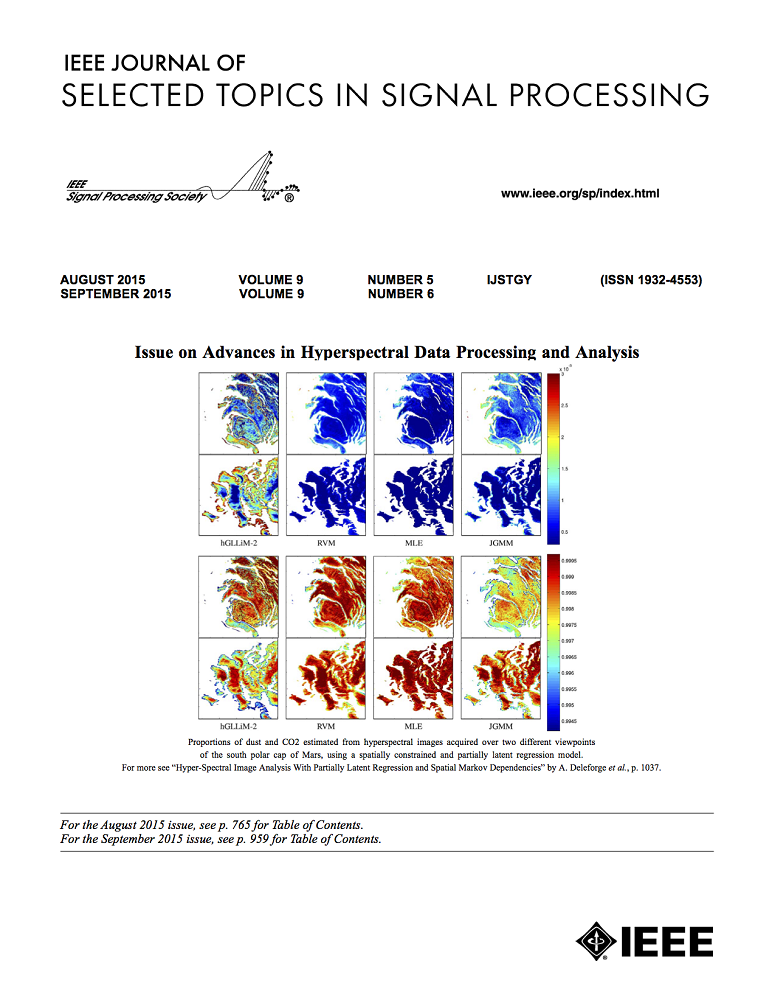Knowing When to Stop: Delay-Adaptive Spiking Neural Network Classifiers With Reliability Guarantees
IF 8.7
1区 工程技术
Q1 ENGINEERING, ELECTRICAL & ELECTRONIC
IEEE Journal of Selected Topics in Signal Processing
Pub Date : 2024-07-22
DOI:10.1109/JSTSP.2024.3431996
引用次数: 0
Abstract
Spiking neural networks (SNNs) process time-series data via internal event-driven neural dynamics. The energy consumption of an SNN depends on the number of spikes exchanged between neurons over the course of the input presentation. Typically, decisions are produced after the entire input sequence has been processed. This results in latency and energy consumption levels that are fairly uniform across inputs. However, as explored in recent work, SNNs can produce an early decision when the SNN model is sufficiently “confident”, adapting delay and energy consumption to the difficulty of each example. Existing techniques are based on heuristic measures of confidence that do not provide reliability guarantees, potentially exiting too early. In this paper, we introduce a novel delay-adaptive SNN-based inference methodology that, wrapping around any pre-trained SNN classifier, provides guaranteed reliability for the decisions produced at input-dependent stopping times. The approach, dubbed求助全文
约1分钟内获得全文
求助全文
来源期刊

IEEE Journal of Selected Topics in Signal Processing
工程技术-工程:电子与电气
CiteScore
19.00
自引率
1.30%
发文量
135
审稿时长
3 months
期刊介绍:
The IEEE Journal of Selected Topics in Signal Processing (JSTSP) focuses on the Field of Interest of the IEEE Signal Processing Society, which encompasses the theory and application of various signal processing techniques. These techniques include filtering, coding, transmitting, estimating, detecting, analyzing, recognizing, synthesizing, recording, and reproducing signals using digital or analog devices. The term "signal" covers a wide range of data types, including audio, video, speech, image, communication, geophysical, sonar, radar, medical, musical, and others.
The journal format allows for in-depth exploration of signal processing topics, enabling the Society to cover both established and emerging areas. This includes interdisciplinary fields such as biomedical engineering and language processing, as well as areas not traditionally associated with engineering.
 求助内容:
求助内容: 应助结果提醒方式:
应助结果提醒方式:


